In a world where athletic fame often fades with age, Ion Țiriac is a rare exception—someone who didn’t just reinvent himself after sports, but eclipsed his former success entirely. Known in the 1970s for his grizzled mustache and fierce doubles game alongside Ilie Năstase, Țiriac made a name as a formidable tennis player and Olympic-level hockey talent. But in 2025, his true legacy lies far from the clay courts of Roland-Garros.
Today, Ion Țiriac is estimated to be worth over $2.3 billion, according to Forbes, making him one of the wealthiest former athletes in history—and the wealthiest in Eastern Europe. His fortune doesn’t rest on endorsements or nostalgia. Instead, it’s the product of a shrewd, sometimes contrarian empire built across banking, real estate, insurance, luxury auto, and more. In a region still grappling with the legacy of communism, Țiriac became capitalism’s quiet king.
This is not just a story of wealth. It’s a story of transformation—of how one man turned the precision of sport into the logic of business, and how a life once defined by competition found new meaning in control, strategy, and ownership. Ion Țiriac didn’t just retire. He evolved.
Before the Billions: Ion Țiriac’s Early Life and Athletic Rise
Born to Compete — Childhood in Communist Romania
Ion Țiriac was born in 1939, in Brașov, Romania—a city nestled in the Carpathians, shadowed not only by mountains but by the tightening grip of communism. The war had ended, but another kind of struggle had begun. Ration lines, political fear, and economic stagnation weren’t just adult concerns—they shaped childhoods. And for Țiriac, they forged an early instinct for survival.
He wasn’t born into privilege. If anything, he was born into limitation. But where others saw walls, Țiriac began to scan for exits—first on skates, then with a racket. He learned to compete not just for victory, but for space, attention, opportunity. In a world that taught people to stay quiet, he grew bold. Not reckless, but unafraid.
By the time he hit his teens, Țiriac wasn’t just talented—he was relentless. The discipline of his surroundings didn’t confine him; it sharpened him. And even before he stepped onto the global stage, his greatest skill was already clear: he knew how to win when the odds said he shouldn’t.
Dual-Sport Star — From Olympic Hockey to Tennis Trophies
Before Ion Țiriac built billion-euro deals, he was building muscle on ice. In the 1964 Winter Olympics, he represented Romania as a defenseman on the national hockey team—gritty, fast, unshakable. It wasn’t the kind of spotlight that brought fame or fortune, but it demanded something else: relentless focus, mental stamina, and a willingness to outwork everyone else on the rink.
But then came the pivot.
While others specialized, Țiriac diversified. He moved from frozen rinks to clay courts, trading body checks for backhands. And it paid off. In 1970, alongside Ilie Năstase, he won the French Open men’s doubles title. He was never the flashiest player, but he was one of the smartest—dissecting opponents with the same sharp instincts he’d later use in boardrooms.
To excel in two elite sports is nearly unheard of. But for Țiriac, it was never about mastering one game—it was about understanding how games work. Tennis didn’t replace hockey. It revealed the multi-sport mind of a man who was already thinking bigger.
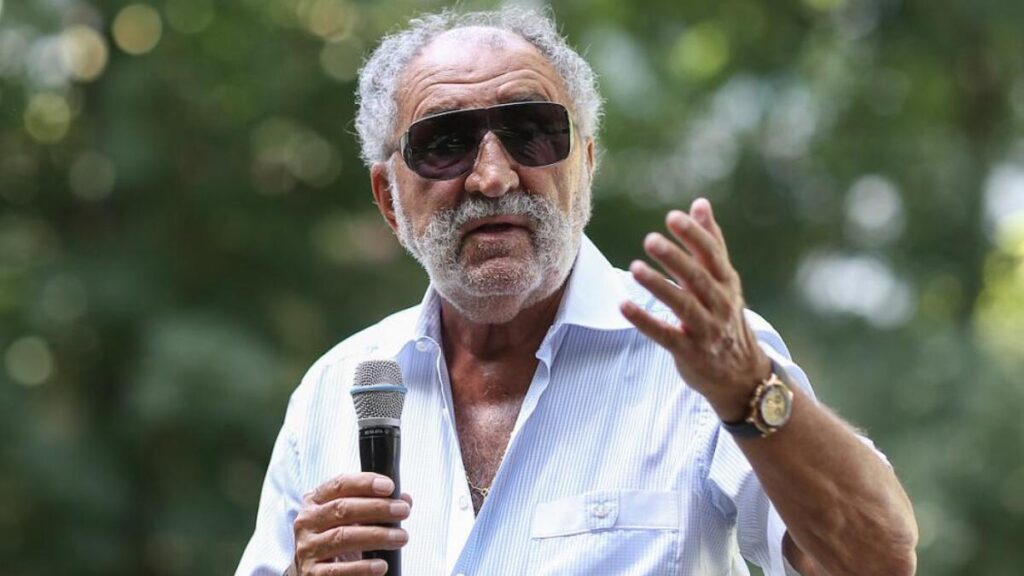
The Pivot: How Ion Țiriac Transitioned from Tennis Legend to Entrepreneur Extraordinaire
Managing Stars and Mastering Strategy
Ion Țiriac didn’t walk away from tennis—he stepped into a new role just behind the baseline. In the 1980s, long before sports agents became celebrity figures, Țiriac was quietly crafting one of the most powerful second acts in athletic history: he became the man behind the stars.
His most famous client? A young German prodigy named Boris Becker. Under Țiriac’s management, Becker rocketed to Grand Slam titles, but it wasn’t just coaching—it was orchestration. Țiriac negotiated deals, curated public image, built international branding strategies, and ensured his client made more money off the court than on it. He was a tactician, not a babysitter.
Țiriac understood the ecosystem of modern sports before most did. Endorsements, media presence, sponsorship leverage—it was all a game, and he played it with the same edge that once earned him championships. What started as mentorship evolved into mastery of global sports business.
These weren’t just career moves. They were dry runs for an empire. And Țiriac never missed a learning opportunity.
First Business Ventures: Real Estate, Banking, and Automotives
When communism collapsed in Romania in 1989, chaos and opportunity arrived side by side. Many didn’t know where to begin. Ion Țiriac did.
He didn’t rush into flashy ventures—he moved deliberately. Țiriac Bank, launched in 1990, was one of Romania’s first private banks. While others were still navigating the basic principles of capitalism, Țiriac was already thinking like a financier. He saw a country hungry for liquidity and trust—and offered both.
Soon after, he secured exclusive rights to import and sell Mercedes-Benz vehicles, a bold move in a market that had barely seen Western cars. He knew Romania’s elite would crave symbols of freedom and status, and he positioned himself as the gatekeeper. Real estate followed, with carefully selected properties in Bucharest and beyond—again, not speculative, but strategic.
These ventures weren’t random; they were informed by years of observing global economies during his sports travels. Țiriac didn’t just take advantage of post-communist Romania—he understood it better than most. His timing wasn’t lucky. It was earned.
Also See: Top 50 Richest Tennis Players in the World
Building an Empire: Inside the Țiriac Group and Its Diverse Holdings
From Financial Services to Private Jets: What’s Under the Umbrella
The Țiriac Group isn’t a company — it’s a machine, finely tuned and designed to operate across multiple fronts. Imagine an octopus: each arm reaching into a different sector, all connected to a single, calculating brain. Finance, automotive, real estate, insurance, aviation — each part not only thrives on its own but feeds into the others.
Țiriac Bank once provided the capital backbone for ventures like Țiriac Auto, Romania’s premier luxury dealership network. Allianz-Țiriac Insurance, a joint venture with one of Europe’s largest insurers, strengthened his grip on both financial and consumer markets. His real estate holdings — strategically placed commercial and industrial properties — serve the group’s logistical and showroom needs. Even aviation, including his fleet of private jets, plays a dual role: luxury utility and symbol of dominance.
This isn’t empire-building by volume. It’s ecosystem thinking — a diversified structure that reduces risk while multiplying opportunity. When one market stumbles, another balances it out. The result? A business constellation designed not just to grow, but to endure.
A Billionaire Built on Eastern European Capitalism
In the 1990s, while much of Eastern Europe stumbled through the chaos of post-communism, Ion Țiriac was already building a blueprint for success in this new economic order. Romania was transitioning from centralized control to free-market experimentation, and Țiriac — armed with Western exposure and Eastern instincts — stepped into the vacuum with uncanny precision.
He didn’t just open businesses; he understood what the newly opened market needed: banks that could be trusted, cars that symbolized progress, insurance for a generation unfamiliar with risk. While others scrambled, Țiriac moved deliberately, cultivating private ownership in a country that had just begun to grasp the concept.
Unlike Western billionaires who rode tech waves or oil booms, Țiriac made his billions on timing, terrain, and trust. He wasn’t just present at the birth of Romanian capitalism — he helped shape its DNA. Today, his name still carries weight in the country’s economic circles, not just for what he owns, but for how he helped define what ownership could mean in a post-Soviet world.
What Is Ion Țiriac’s Net Worth in 2025? Breaking Down the Numbers
Asset Portfolio Analysis: Real Estate, Stock Holdings, Cash Businesses
Pinning down Ion Țiriac’s exact net worth is more art than science. In 2025, most estimates place him comfortably above $2.3 billion, but the true number is hard to verify—for one simple reason: most of his empire is privately held.
Țiriac Group operates across real estate, financial services, insurance, and automotive—a latticework of companies, many of which are shielded from public scrutiny. Analysts rely on disclosed financials from subsidiaries, estimated market values of holdings, and known revenue from flagship ventures like Țiriac Auto and Allianz-Țiriac Insurance. His commercial real estate in Bucharest and luxury car dealerships alone contribute hundreds of millions in value.
Because Țiriac has avoided IPOs and flashy investments, he’s preserved control, but sacrificed public valuation transparency. That’s why his wealth rarely makes splashy headlines—yet consistently ranks him among Europe’s richest sports entrepreneurs.
This is where the math gets murky: what’s a private empire worth when only fragments are visible? In Țiriac’s case, analysts agree—it’s worth a lot more than meets the eye.
High-Value Collectibles: Cars, Art, and Aviation Assets
If Ion Țiriac’s business empire reflects strategy, his collectibles reflect personality—and maybe a touch of obsession. Nowhere is this more evident than in the Țiriac Collection, a private museum housing over 400 luxury cars, from vintage Bugattis to custom Rolls-Royces. It’s not just for show—some of these vehicles are one-of-a-kind, with individual values soaring past $1 million each.
Țiriac reportedly never buys a car he doesn’t personally like. There’s a sense of taste, not just wealth, in the way his collection is curated. He even owns several identical models of the same Bentley, just in different colors. “Why not?” he once quipped.
Then there are his private jets, including a Gulfstream G200—tools of convenience, sure, but also statements of autonomy. Less public is his reported art collecting, though sources close to the family hint at pieces that rarely leave private view.
These assets don’t just symbolize wealth—they store it. They’re emotional investments with appreciating value, adding not just flair but substance to a billionaire’s bottom line.
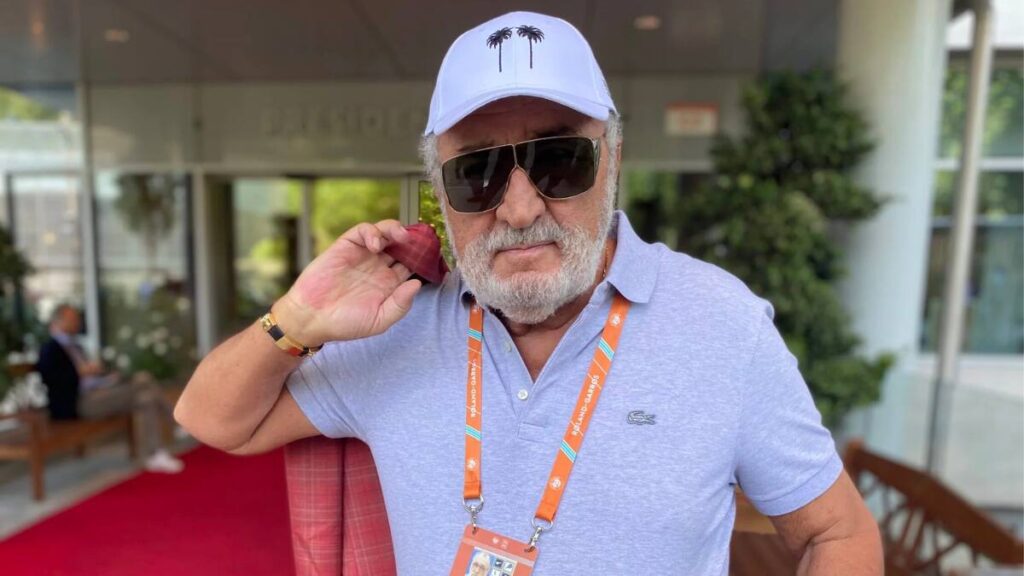
How Țiriac’s Wealth Stacks Up Against Sports Tycoons
In the world of athletes-turned-moguls, Ion Țiriac’s name doesn’t always appear in the spotlight—but it should. While icons like Michael Jordan and Magic Johnson leveraged their fame into brand empires and media investments, Țiriac carved a quieter path—built not on celebrity, but on ownership, infrastructure, and long-term control.
Jordan’s estimated $3.5 billion net worth (as of 2025) comes largely from equity in Nike’s Jordan Brand and a well-timed NBA team sale. Magic Johnson diversified into entertainment and sports franchises, becoming a cultural symbol of reinvention. Both men became billionaires by expanding their public personas.
Țiriac, by contrast, avoided endorsements and media attention. His empire was stitched together through private banks, car dealerships, and insurance holdings. He didn’t license his name—he licensed entire markets.
Compare that to Ilie Năstase, his former doubles partner, who remained in the public eye but never parlayed his fame into serious capital. Or to Novak Djokovic, still building his post-tennis identity.
Țiriac’s wealth isn’t just large—it’s layered, quietly built, and locally dominant. It’s not the flashiest story, but in Eastern Europe, it’s one of the most instructive.
Also See: Top 50 Richest Olympians in the World
The Țiriac Philosophy: Discipline, Deals, and Discretion
Ion Țiriac has never been one for spectacle. While today’s billionaires tweet from jets and livestream business advice, Țiriac moves in silence. “If you talk too much, you’re not working,” he once said in an interview—a philosophy that has defined his rise as much as any deal he’s made.
His business style is marked by precision over publicity. He avoids public markets, favors private equity, and rarely gives interviews. Risk, to him, is something you study and calculate, not gamble on. He’s famously frugal, even while sitting on a billion-euro empire—known to negotiate hard over the smallest margins.
This quiet rigor is part of why Țiriac endures. He builds things to last, not to trend. In an era of high-profile collapses and viral bravado, Țiriac’s success feels almost old-fashioned—rooted in discipline, ownership, and knowing when to stay out of the spotlight.
It’s not just a strategy. It’s a worldview.
My Encounter with Ion Țiriac: A Glimpse into a Businessman’s Aura
I met Ion Țiriac at a business summit in Bucharest—ironically, not in a boardroom, but standing alone near a classic Mercedes he’d donated for display. No entourage, no fanfare. Just him, arms crossed, quietly observing the room like he already knew how the night would unfold.
When we shook hands, his grip was firm, his eyes sharper than I expected from a man in his 80s. He didn’t speak much, but when he did, it was with surgical precision—no wasted words. “Business is like sport,” he said, almost offhand. “Only the scoreboard is different.”
That moment stuck with me. There was no bravado, no need to prove anything. Just the weight of experience in a man who’s played—and won—on more than one global stage. You don’t just meet Ion Țiriac. You feel the gravity of a life lived entirely on his terms.
What’s Next for Țiriac? Legacy, Leadership, and the Future of His Fortune
At 86, Ion Țiriac is no longer chasing deals—but he’s far from finished. His son, Ion Țiriac Jr., has begun stepping into leadership roles, hinting at a carefully managed succession. The empire, deeply diversified and privately held, appears designed to outlast its founder.
For Țiriac, legacy isn’t just about wealth—it’s about independence, resilience, and building something uniquely Romanian. He didn’t just accumulate assets; he built a national symbol. As the baton quietly passes, one thing seems certain: the next chapter of the Țiriac story will be just as calculated—and just as compelling.
More Than a Billionaire — A Blueprint for Reinvention
Ion Țiriac’s story isn’t just impressive—it’s instructive. He didn’t follow a path; he carved one, transforming athletic grit into boardroom dominance with almost unsettling ease. His legacy isn’t defined by the size of his fortune, but by how he built it—quietly, deliberately, and entirely on his terms.
In a world obsessed with overnight success, Țiriac reminds us that reinvention is a long game. From communist Romania to global markets, from Olympic skates to private jets, his journey is proof that adaptability—not fame—is the most valuable currency of all.
He’s not a myth, and that’s the point. He’s a man who learned to read the room, the market, and the moment—and acted accordingly. For anyone navigating life’s second act—or third—Țiriac offers more than a fortune. He offers a blueprint.
Nishant is a digital strategist and celebrity finance analyst with over 15 years of experience in SEO-driven content. As Founder of TheNetWorths.com, he creates high-authority profiles on wealth, branding, and cultural influence.
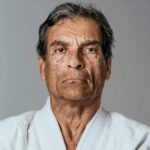
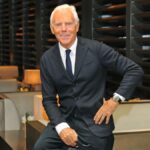


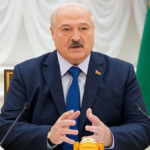
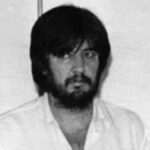
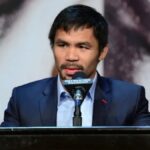
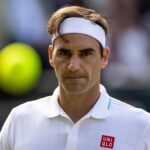




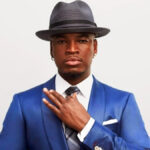
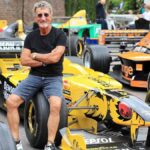

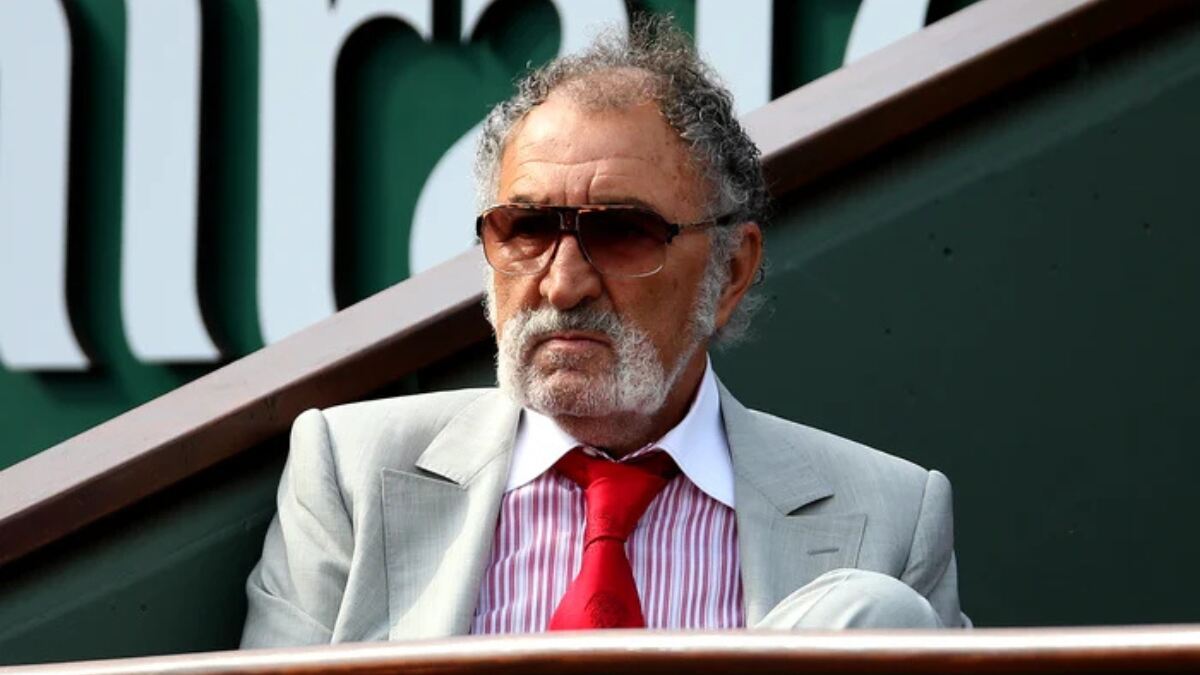
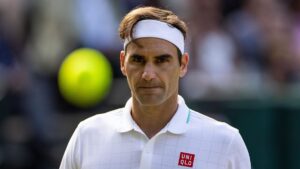
2 thoughts on “Ion Țiriac Net Worth 2025: How the Tennis Icon Built a $2.3 Billion Business Empire”